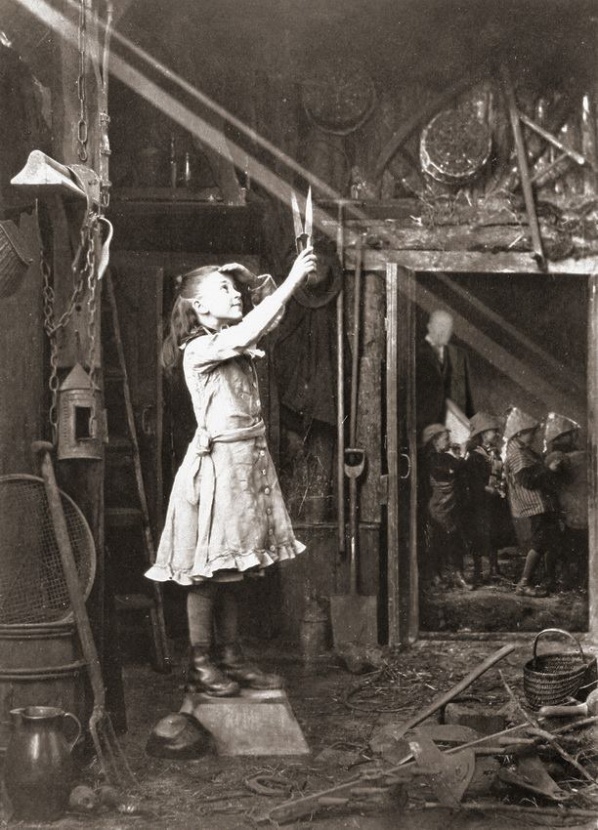To begin, thematizing is a word. It felt made up to me as I was writing it as well. But it exists.
Organization and Collaboration
This is a quick post illustrating how I am organizing a book I am in the finishing stages of writing on mobile learning field activities, how we can use mobile technology for learning activities outside the classroom. It is a quasi-academic, pragmatic work designed more for teachers and learners than academics per se, but I would like to think it offers something for anyone interested in the field of mobile learning. I wrote about it a bit in my last post. I also had mentioned in that post how I am collaborating with my architect/designer sister on accompanying illustrations for the text. Particularly for this book and for how mobile learning makes use of different media for constructing and presenting meaning, these illustrations are particularly important for conveying the meaning.
I organized the individual chapters as I saw the stages of these activities, from defining mobile learning to positioning it along with multimodality, to explorations of media and meaning-making, to space, community and disciplinary activity. That is all followed by an overview of how one might construct their own learning activities, what tools they can consider, and what outputs (compositions) produced in these spaces might look like. Following that, there is a section on tools and resources I frequently use and other pragmatic considerations. Hopefully, those of you curious about using mobile technology outside the classroom will find it useful.
Among other things, it has made visible to me a few of the ways in which collaboration might occur in the writing process, specifically with how my sister and I discuss what shape these illustrations might take and how they support the text. Granted, we share the same genetic makeup so one would assume that this would be easy (and it is; we both speak in visual terms), but I am finding that when collaborating with such conceptual ideas, it is best to start with these two things:
- A representative/impressionistic image
- A mantra/quote/line of text
For us, the image emerged from discussions online and through our pool of design images from Flickr and Pinterest. The Pinterest boards in particular were created for us to collaborate, openly:
So we looked for images that both represent and provide an impression, a cognitive and emotional presentation of the book and mobile learning. The image we are using as a prompt for the other illustrations is this, a wonderfully rich image of a girl splitting sunlight streaming in from a window using glass. It is from 1886 and was found via Retronaut.

What it represents; what it impresses
This image in particular encapsulates so much of how I see learning in mobile spaces, as an act of alignment and manipulation of the artifacts in your world. It is about bringing together things that wouldn’t have otherwise been brought together subsequently generating understanding of our lived worlds. An active, engaged, playful way of coming to know. That is how I see these field activities, as explorations in alignment, as the transformation of space into learning space. I see them positioning learners as artists and composers, as creators.
The impression that it leaves (for me) is that of playfulness, of casting light into dark spaces, of a juxtaposition of the old and the new, the formal and the informal. Notice the adult (teacher?) in the background. Face blurred, learners in a row. All dark clothing. The girl is foregrounded, smiling, playful, bright. Also notice the bric-à-brac strewn throughout the room. Messy, chaotic spaces. We can make meaning anywhere and with anything at our disposal. She is doing it with a makeshift stool and some glass (or scissors?). We can do it through mobile technology with almost anything in our physical, intellectual, and emotional repertoire.
The mantra/quote that I used to guide (there are quotes scattered throughout the book, which can be a trite convention, but there you have it) these illustrations (and perhaps even the title) is the following stunner from Michelangelo:
I saw the angel in the marble and carved until I set him free.
That is creating in mobile spaces to me, an act of identifying meaning (perhaps where none had been identified before), articulating that meaning, and then constructing it. When we think of constructing meaning, we generally think to build. And that is a huge part of it. But this quote allows for the possibility that learning is about making visible what wasn’t before, about subtraction rather than addition. So these two objects have become the pivot points of our collaboration. It is a lovely process.
For those interested, the book will be ready within the next few weeks and available through the Kindle Store on Amazon. I thought about trying a Dropbox (Sellbox) option, but have opted for the Kindle version. It will be licensed under (most likely) a Creative Commons-Attribution-NonCommercial CC BY-NC. You can learn more about this license, if interested. More to follow.

[…] will be a short post designed to relay a few resources that I have used recently in writing my ebook on mobile learning field activities. The resources are London specific, but I suspect there are other resources for those wanting to do […]